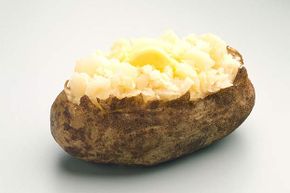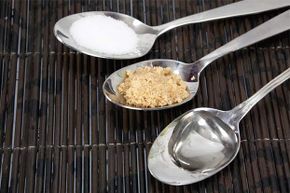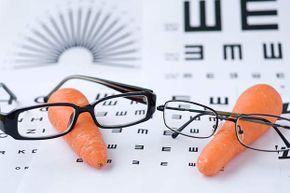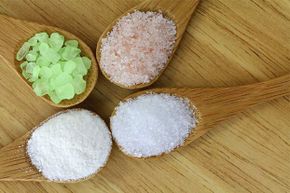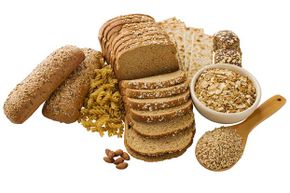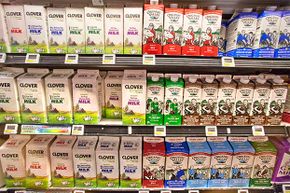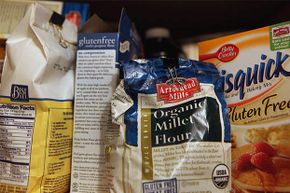This is probably the most complicated moment in history for making food choices. After all, Paleolithic diners simply roasted mammoth steaks over a fire and served them with a side of nuts and berries. It's not like they had to choose whether to drink low-fat or whole milk, or which of the 200 different kinds of packaged potato chips they'd dive into.
During a trip to most local markets, shoppers are confronted with more than 43,000 items [source: Food Marketing Institute]. Just how, exactly, do we know which foods to choose? For many of us, the decision to reach for fat-free cookies instead of the full-butter version seems like an instinctual one. Fueled by news reports, helpful tips in glossy magazines and the occasional blog, we know to steer clear of fat, high fructose corn syrup, skin-on chicken and more. But what if most of what we read is wrong?
Advertisement
From salt to sugar, we've investigated 10 widely held nutrition "facts" that have little real value and will share the truth with you. We'll start with the dieter's best friend, the low-fat food item.


